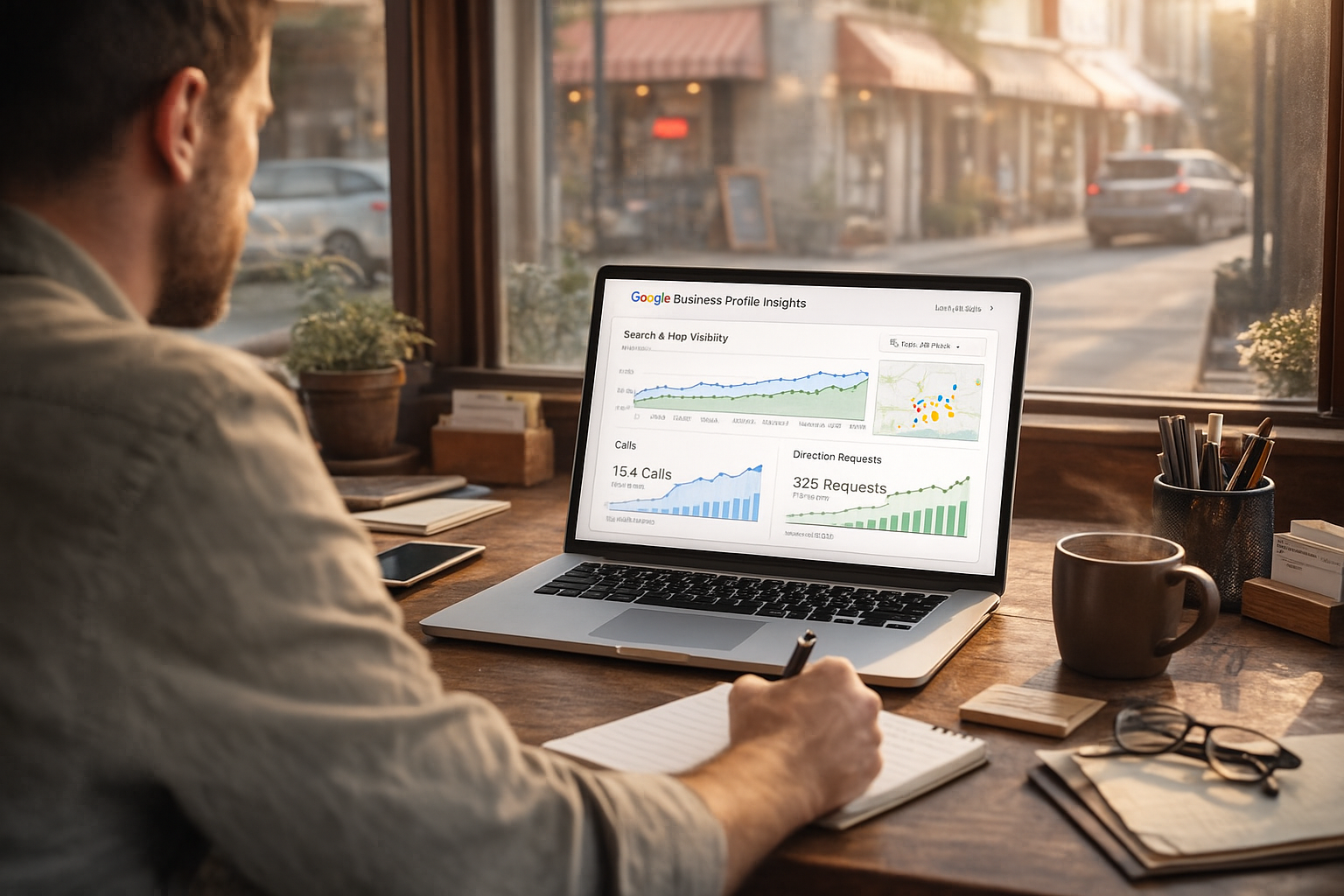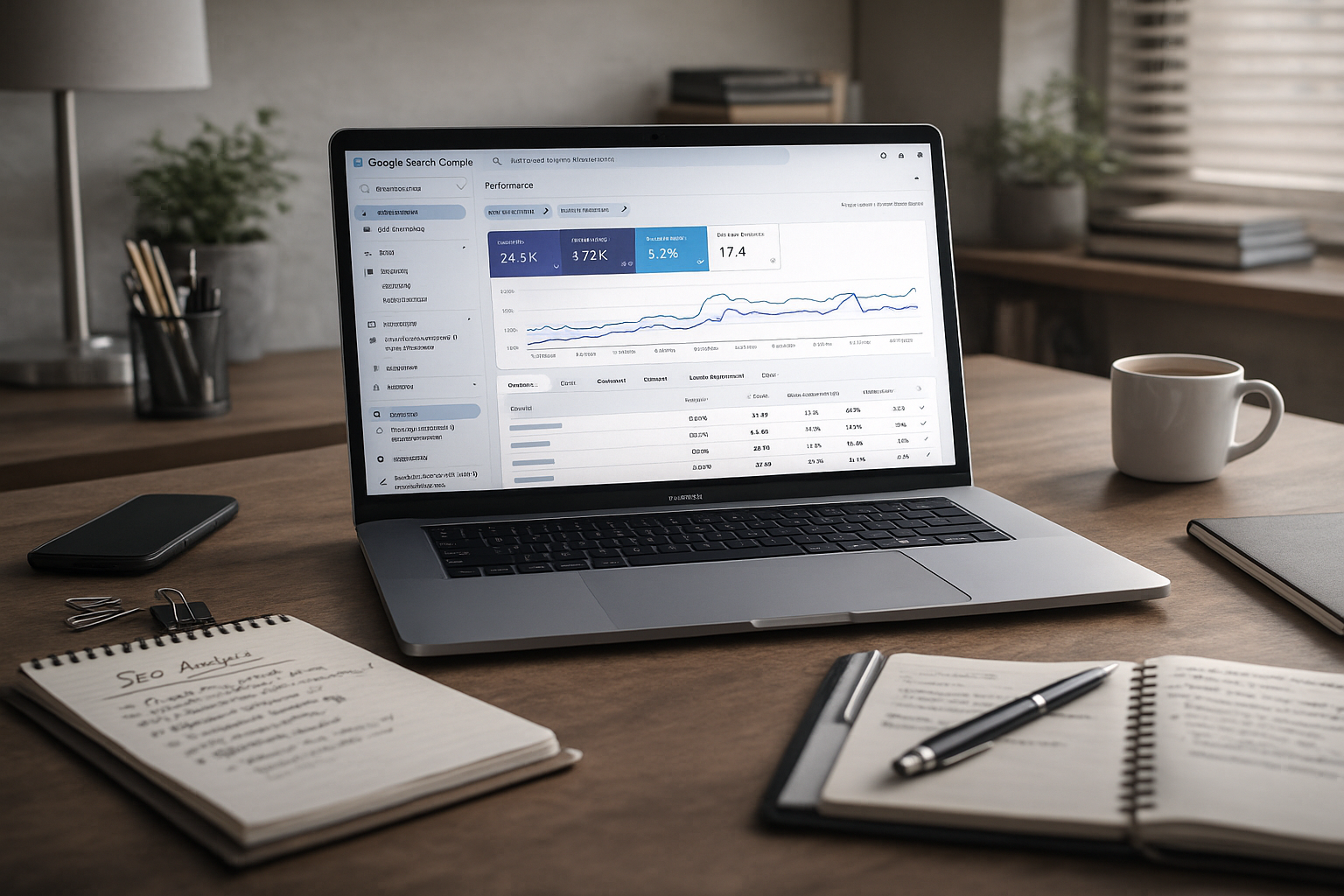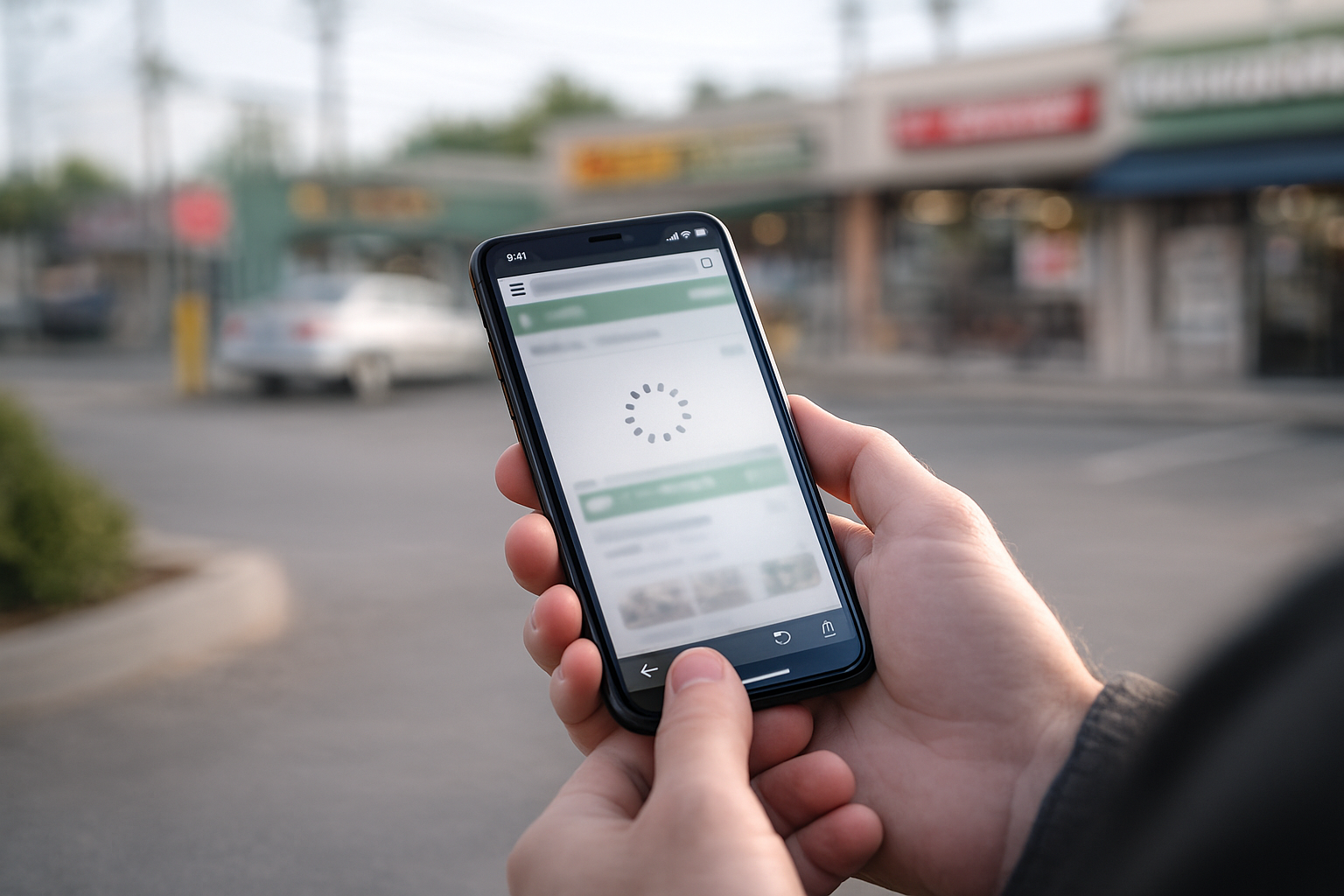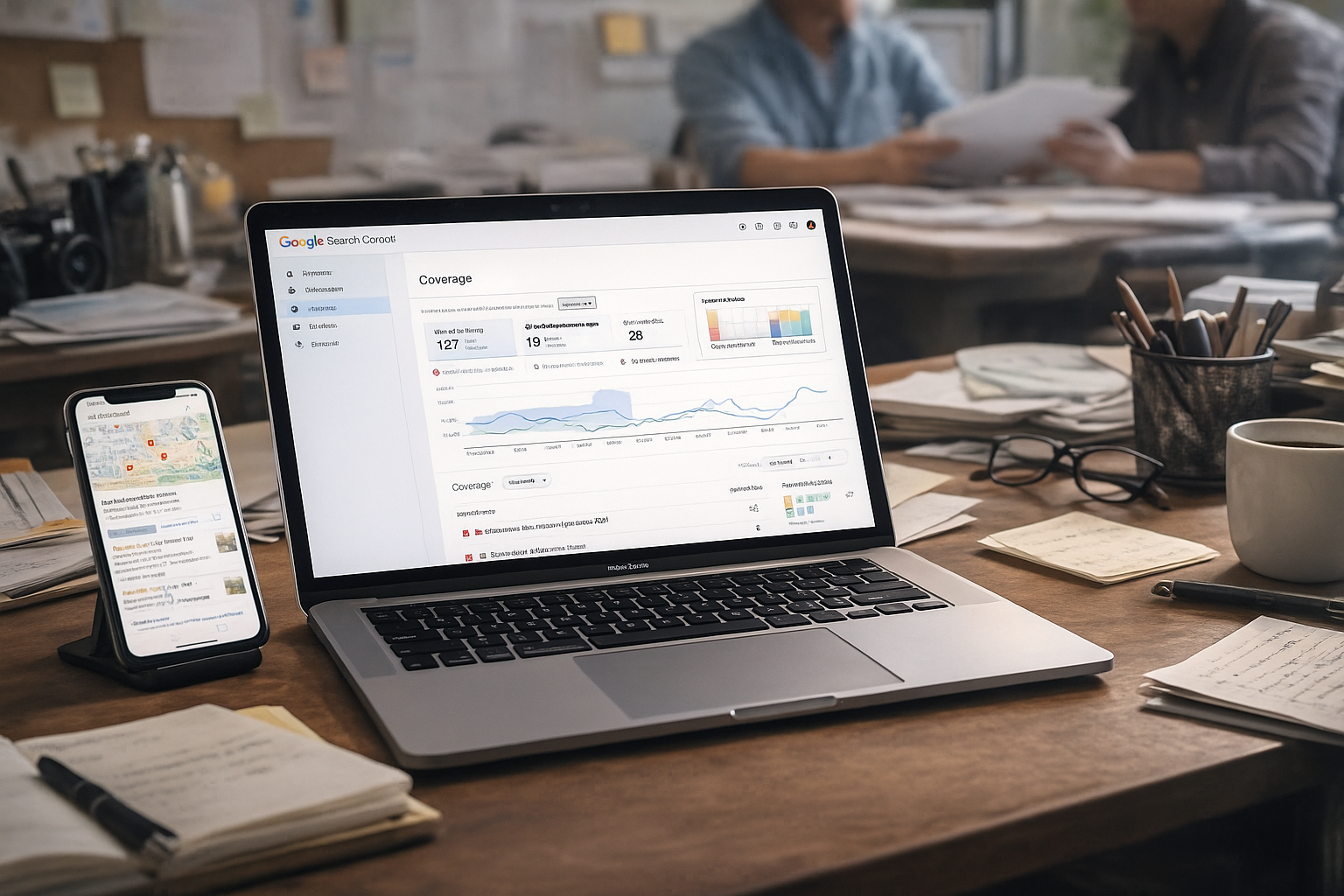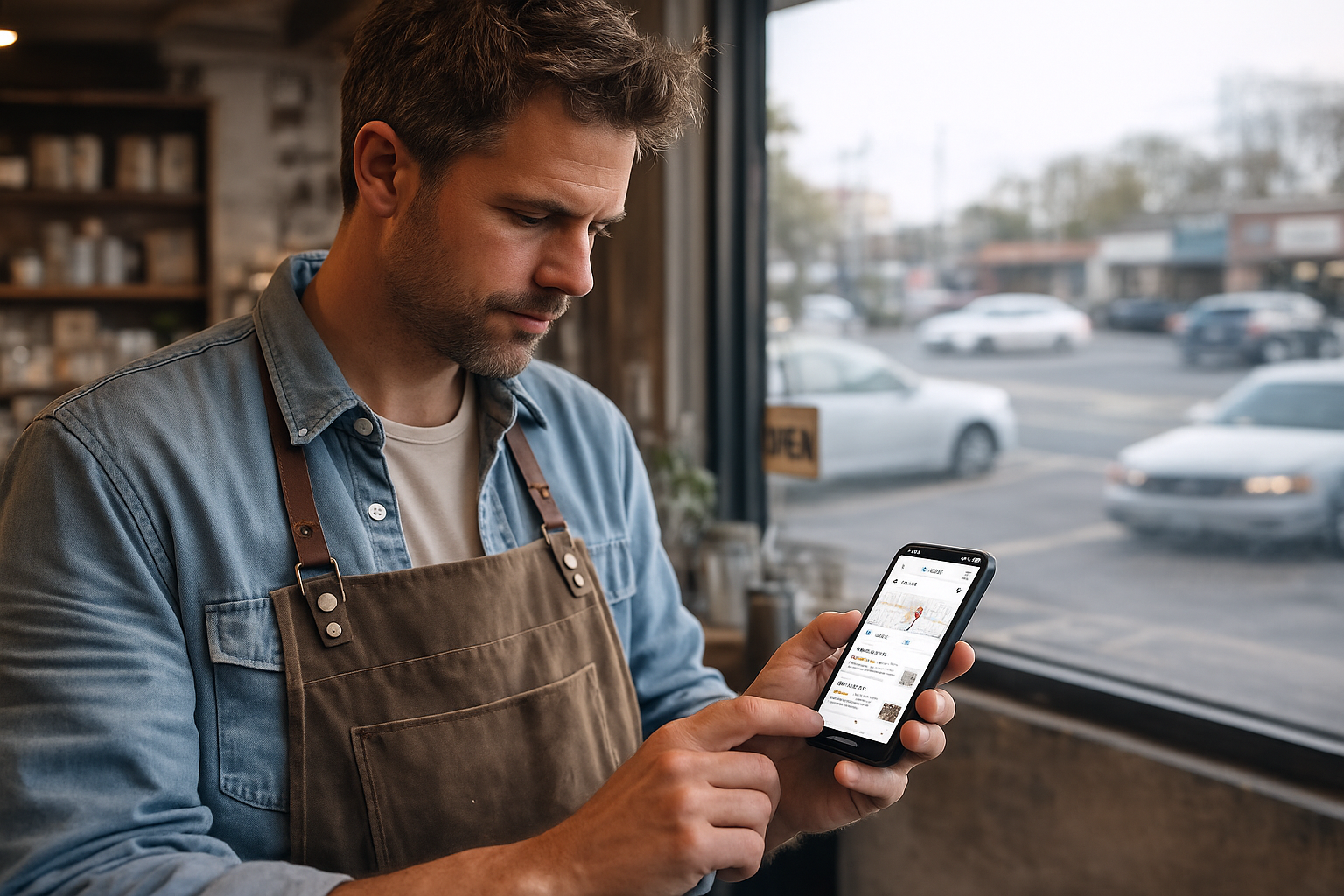3 Email Marketing Strategies to Grow Your Business
Email marketing has come a long way since the early days of digital marketing. Thanks to development by companies like MailChimp and Constant Contact plus integrations from sites like Shopify, Zapier and Salesforce, it’s easy to send targeted, effective emails (and even automate the process!).
The type of email you send will largely depend on the type of business you have. Here are three different ways to market your business through automated emails for three different kinds of businesses.
3 Email Marketing Strategies to Grow Your Business
The Free Consultation Follow Up

For service providers who offer a complimentary initial consultation, a series of follow-up emails can be instrumental in converting potential customers to paying customers. Besides it being just generally good business practice to follow up with a customer after you’ve given them an estimate, it’s an opportunity to sweeten the deal a little bit and offer something your competitors don’t.
For example, let’s say your HVAC company went to a customer’s house to provide an estimate for a new A/C system. Your first email will include the quote and a thank-you for the opportunity to provide it. If the customer doesn’t respond, you can send another email with an offer they simply can’t refuse, like 10% off installation.
Many CRMs offer easy email integration for follow ups, but this process is also not difficult to set up manually in MailChimp or Constant Contact using date-based campaigns .
Tip: Opt for whatever personalization your email software allows when sending these emails. Include the customer’s first name in the subject AND the first line of the email.
The Abandoned Cart Email

In the world of ecommerce, few things are as frustrating as customers adding items to their cart only to leave the site without making a purchase. An alarming 69% of carts get abandoned by users—so without a follow-up plan, a huge percentage of your potential customers are slipping away.
The good news is that most ecommerce sites have an option for integrating with email marketing providers to automate the sending of an Abandoned Cart Email (an email that reminds a customer they left something in their cart). Shopify even has its own email marketing system which makes for a virtually seamless process.
A 2020 study showed that 45% of abandoned cart emails were opened and 50% of those users ended up making a purchase, so the effort is definitely worth it! You can even pair your abandoned cart email strategy with retargeting ads on Facebook and Google to maximize the effect.
Tip: A whopping 60% of cart abandonments are due to shipping-related reasons, so making your shipping cheaper and faster has the potential to make a huge difference in sales.
The Customer Retention Email

For businesses who offer recurring appointments at their brick-and-mortar locations (think spas, fitness studios, cosmetic dermatology providers, etc.), a “We’ve missed you!” email can be a great way to drive recurring business and reconnect with customers you thought you’d lost.
Your appointment scheduling CRM should have an option for automating emails to clients who haven’t been to an appointment in a set amount of time. In MindBody, for example, you can utilize both email and SMS to get in touch with lost customers, depending on their opt-in preferences. MindBody automatically filters out customers who have an upcoming appointment.
Tip: Make your retention emails as targeted as possible. Segment your list into groups (e.g. pilates customers, yoga customers, HIIT customers, etc.) and include specific references to those activities.
Get Started with Email Marketing at GetPhound
Overwhelmed with where to start when it comes to email marketing strategies? That’s where we come in. We can walk you through the best options for your business and help you decide what to try first. Schedule a free consultation call with us here .
The post 3 Email Marketing Strategies to Grow Your Business appeared first on GetPhound.




